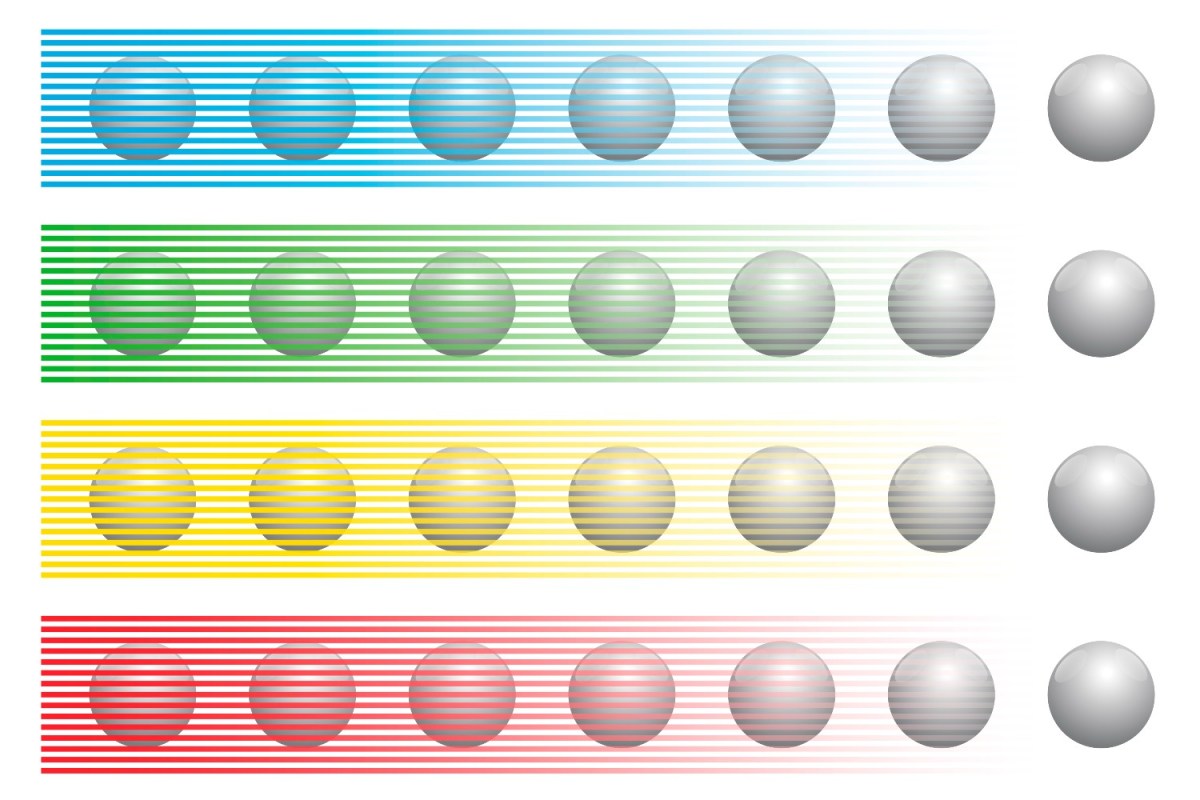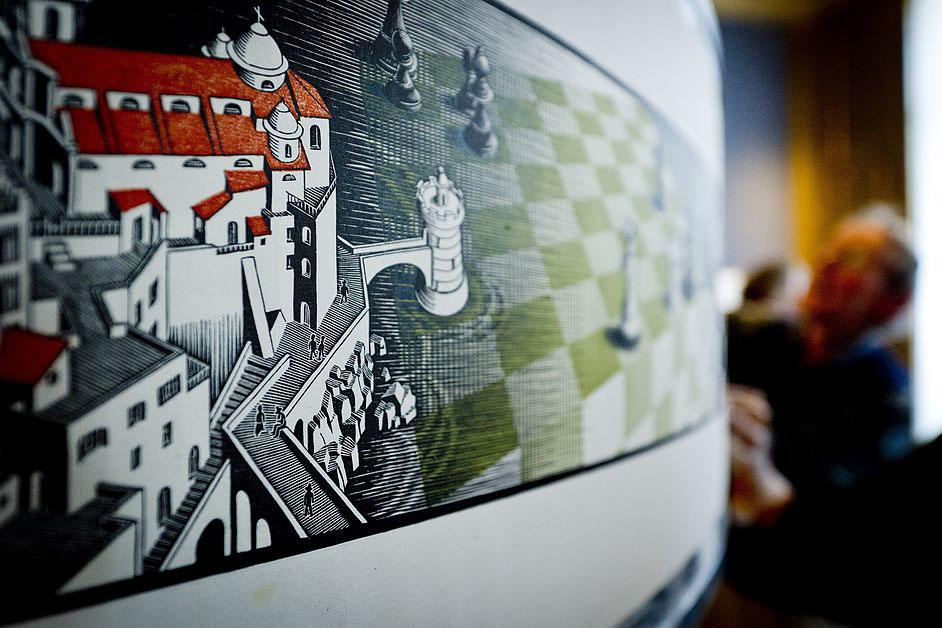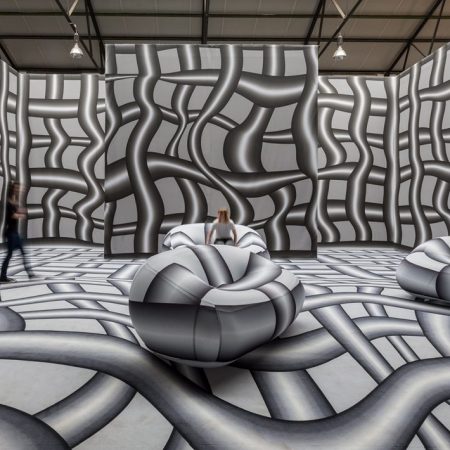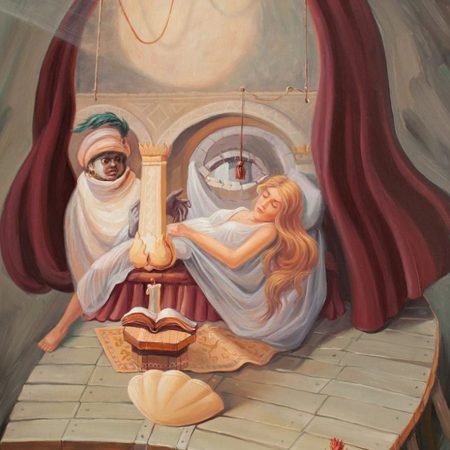If you’ve ever spent any time staring at an optical illusion and trying to parse out why your brain has been tricked into seeing something that isn’t there, you’ve probably tried to deconstruct it in some way. Whether it’s the Munker-White Illusion, which makes certain colors appear differently depending on their background, or something completely different, there are numerous ways to alter your perceptions when looking at a static image.
What’s less clear is why a person’s brain perceives an optical illusion in the way that it does. As Harry Baker reported for Live Science, scientists recently used a system of computer modeling to simulate how a human brain processes illusions like these. Yes, this process involved trying to trick a computer — and what’s even stranger is: it worked.
The scientists published their findings in the journal Computational Biology last month. But these findings weren’t just about tricking a computer model. Instead, the researchers concluded that what they’d learned from the process also spoke to something grander about how humans process color. Or, as they wrote, “much of colour appearance is potentially attributable to simple mechanisms evolved for efficient coding of natural images.”
How Do You Bring M.C. Escher’s Optical Illusions to the Screen?
The filmmakers behind “Escher: Journey Into Infinity” discuss the difficulty of animating the Dutch master’s mind-bending workAs Jolyon Troscianko, one of the study’s authors, told Live Science, illusions “can actually be explained with something as simple as a single layer of neurons.” It speaks volumes about the way that humans perceive the world — and it might have implications on the history of just how that ability developed.
Thanks for reading InsideHook. Sign up for our daily newsletter and be in the know.


















